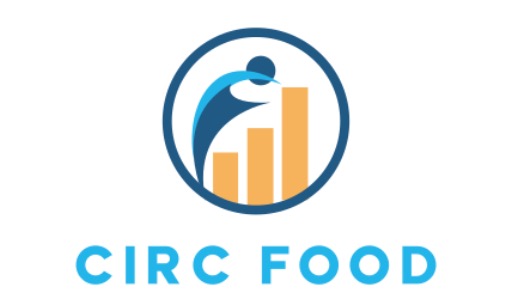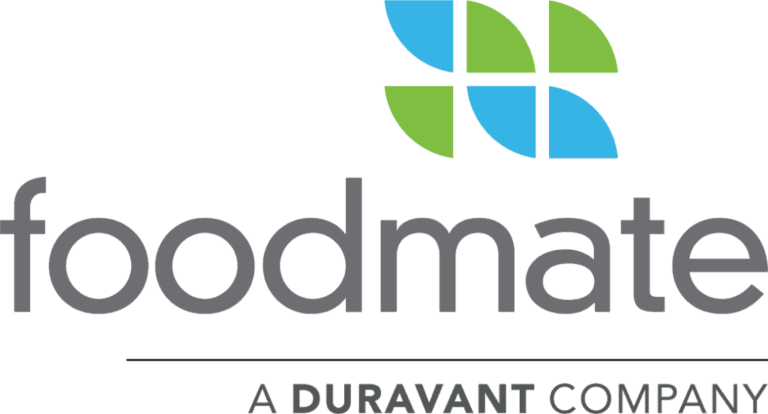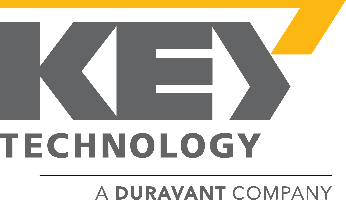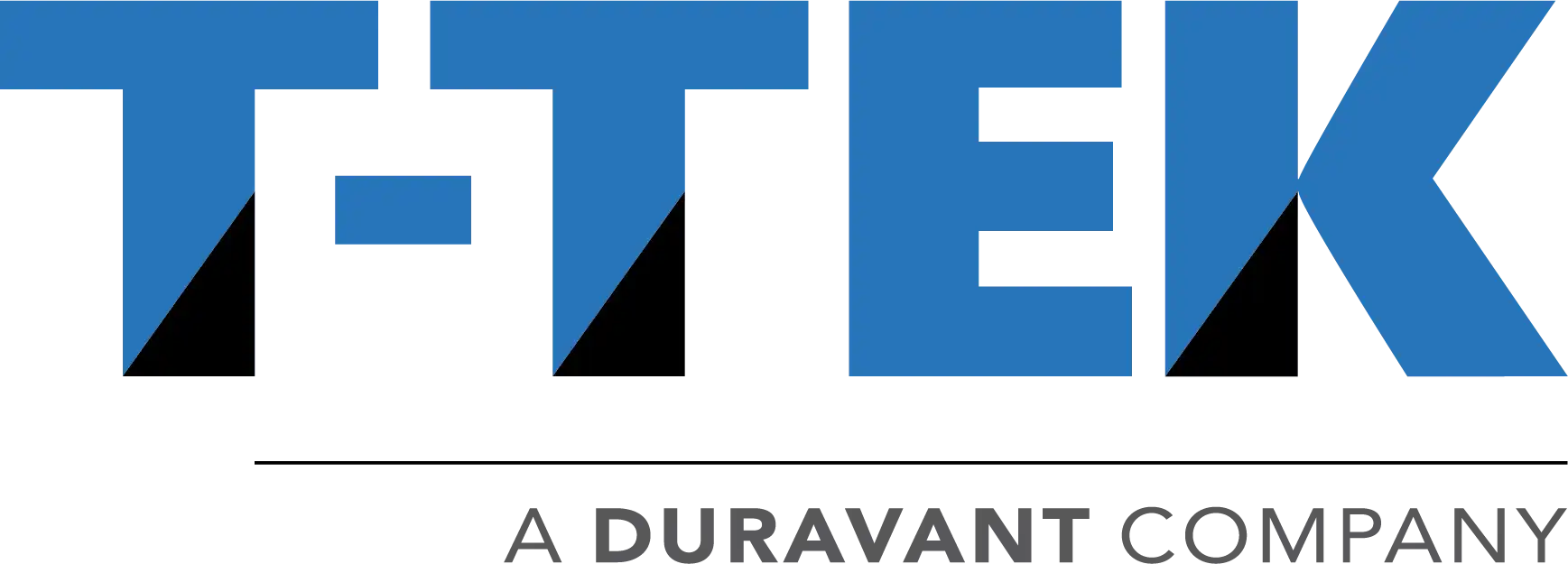How to Leverage Best Food Processing Equipment for Future Technology Trends in 2025
As we approach 2025, the food processing industry stands at a crucial juncture where technology and innovation are set to redefine operational efficiencies. According to a recent report by MarketsandMarkets, the global food processing equipment market is expected to reach $84 billion by 2025, growing at a CAGR of 6.4%. This growth is driven by increasing consumer demand for convenience foods, the need for enhanced food safety, and the rapid development of automation technologies. To stay competitive, companies must leverage advanced food processing equipment that integrates smart technologies such as IoT and AI, enabling them to optimize production processes and reduce waste. In this blog, we will explore effective strategies to harness the potential of these futuristic food processing technologies and position your business for success in an evolving industry landscape.
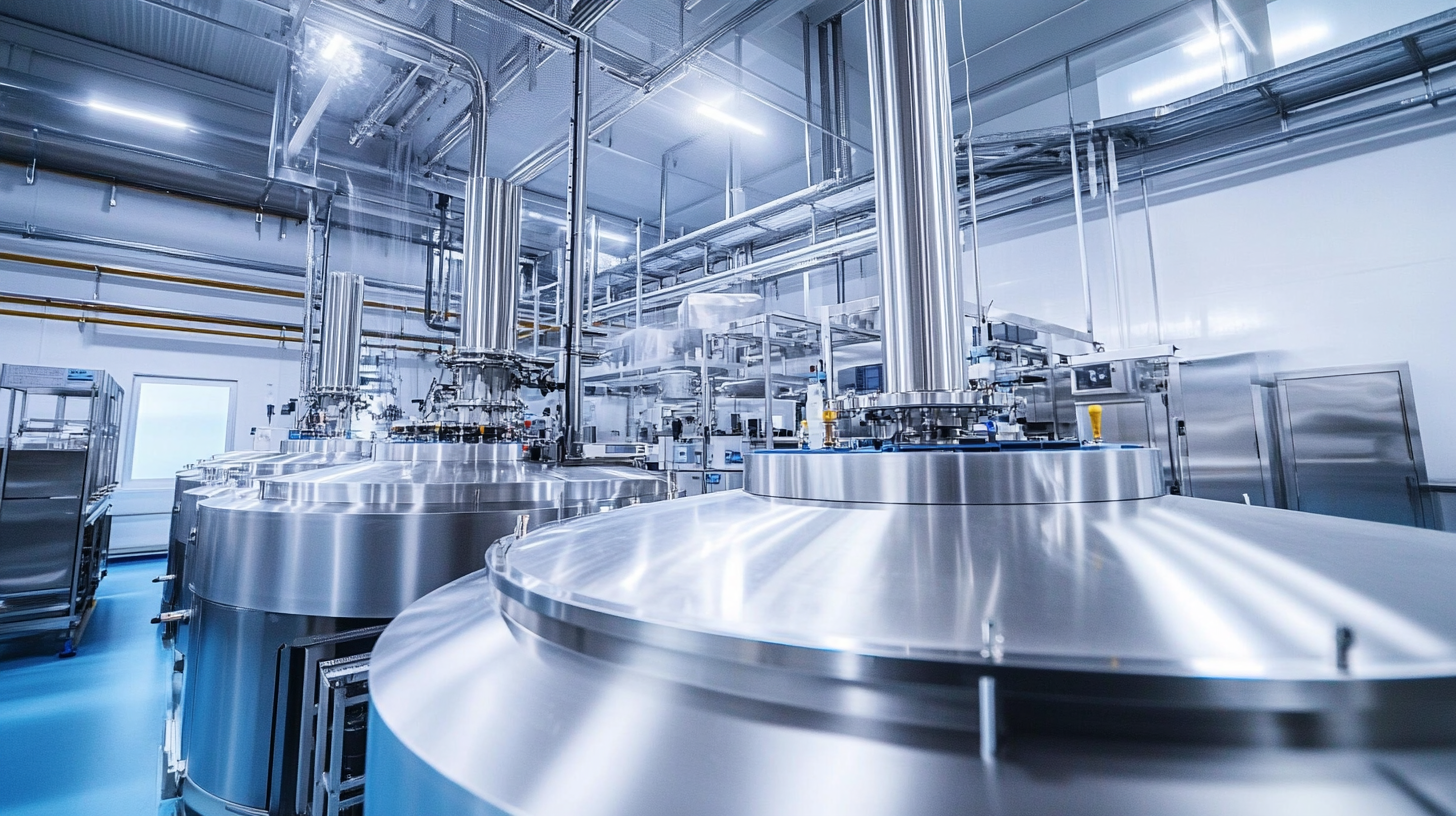
The Evolution of Food Processing Equipment: A 2025 Market Forecast
The food processing industry is poised for significant transformation by 2025, driven by advancements in technology and evolving consumer preferences. With a focus on sustainability and efficiency, the market for food processing equipment is expected to evolve dramatically. Emerging technologies such as artificial intelligence, machine learning, and automation will redefine operational capabilities. Manufacturers will increasingly adopt smart equipment that not only optimizes production but also ensures compliance with stringent safety regulations.
Furthermore, the trend towards plant-based and organic foods is reshaping the types of equipment needed. As consumers demand healthier options and greater transparency in sourcing, food processors will require innovative technologies to handle diverse ingredients while maintaining product integrity. Companies investing in advanced food processing equipment that can adapt to these shifting demands will be better positioned to capture market share and enhance their competitive edge. This evolution signifies a pivotal shift in how food is produced, offering exciting prospects for both manufacturers and consumers in the coming years.

Key Technological Innovations Shaping the Future of Food Processing
The food processing industry is on the brink of a technological revolution that will significantly reshape its landscape by 2025. Key innovations such as smart automation, artificial intelligence (AI), and sustainable processing technologies are at the heart of this transformation. These advancements not only enhance efficiency but also improve product quality and safety. For instance, AI-driven data analytics can predict trends in consumer preferences, allowing producers to adapt swiftly and reduce waste.
Tips for integrating these technologies include investing in smart equipment that offers real-time monitoring capabilities. Look for machinery that utilizes IoT sensors to optimize processing conditions while conserving energy. Additionally, consider adopting AI tools that can analyze production data and suggest improvements, thus increasing overall productivity.
Moreover, sustainability remains a critical focus. Embrace technologies that minimize environmental impact, such as water recycling and waste reduction systems. Implementing these practices can not only boost a company's image but also appeal to an increasingly eco-conscious consumer base. By leveraging these key innovations, food processors will be well-equipped to navigate the challenges and opportunities that lie ahead.
Technological Innovations in Food Processing (2025)
This chart illustrates the projected adoption rates of key technological innovations in food processing by 2025. The data represents the estimated percentage of companies incorporating these technologies.
Sustainable Practices in Food Processing: Equipment for Eco-Friendly Solutions
The food processing industry is experiencing a transformative shift towards sustainable practices, driven by both consumer demand and regulatory pressures. With the global food waste estimated at around 1.3 billion tons annually, the adoption of eco-friendly equipment is not just a trend but a necessity. In 2025, the focus on sustainable food processing will be a critical aspect of business strategy, supported by innovative technologies that minimize waste and energy consumption.
Investing in equipment designed for sustainability, such as energy-efficient ovens and advanced refrigeration systems, can significantly reduce a facility's carbon footprint. According to a report by Grand View Research, the sustainable food processing equipment market is projected to grow by over 30% by 2025. Companies leveraging these technologies not only benefit from reduced operational costs but also enhance their brand reputation among eco-conscious consumers.
Tips for Transitioning to Eco-Friendly Solutions:
- Start by auditing your current equipment for energy consumption and waste output. Identifying areas for improvement will streamline your transition.
- Consider retrofitting existing equipment with energy-saving technologies to maximize efficiency rather than complete replacements.
- Engage your supply chain in sustainability efforts; choosing local suppliers can reduce transportation emissions and support community businesses.
These steps can lead your business towards a more sustainable future in food processing, ensuring compliance with emerging regulations and meeting consumer expectations for environmentally friendly products.
Integrating Automation and AI in Food Processing Equipment for Efficiency
The integration of automation and artificial intelligence (AI) in food processing equipment is poised to revolutionize the industry by 2025. As consumer demands grow for higher quality and more sustainable food products, leveraging advanced technology becomes critical. Automation streamlines production processes, enhancing speed and efficiency while minimizing human error.
For instance, automated systems can manage everything from ingredient mixing to packaging, ensuring consistent quality and reducing waste.
Moreover, incorporating AI technologies into food processing equipment allows for real-time data analysis and predictive maintenance. AI algorithms can monitor machinery performance, predicting potential failures before they disrupt production. This capability not only reduces downtime but also optimizes resource usage, aligning with the industry's increasing focus on sustainability. In addition, AI can help in quality control by analyzing product characteristics and making adjustments instantly, thereby maintaining high standards and increasing consumer trust. As we look towards 2025, the synergy between automation and AI will define the next generation of food processing, driving efficiency and innovation in the sector.
Navigating Regulatory Challenges: Ensuring Compliance with Future Technology Trends
In an era where technology is rapidly advancing, businesses in the food processing sector must stay ahead by navigating the regulatory landscape effectively. As we look towards 2025, understanding compliance with future technology trends is crucial. With the emergence of smart safety technology and innovations in data analytics, organizations can leverage these tools to ensure that they meet evolving regulations while enhancing their operational efficiency.
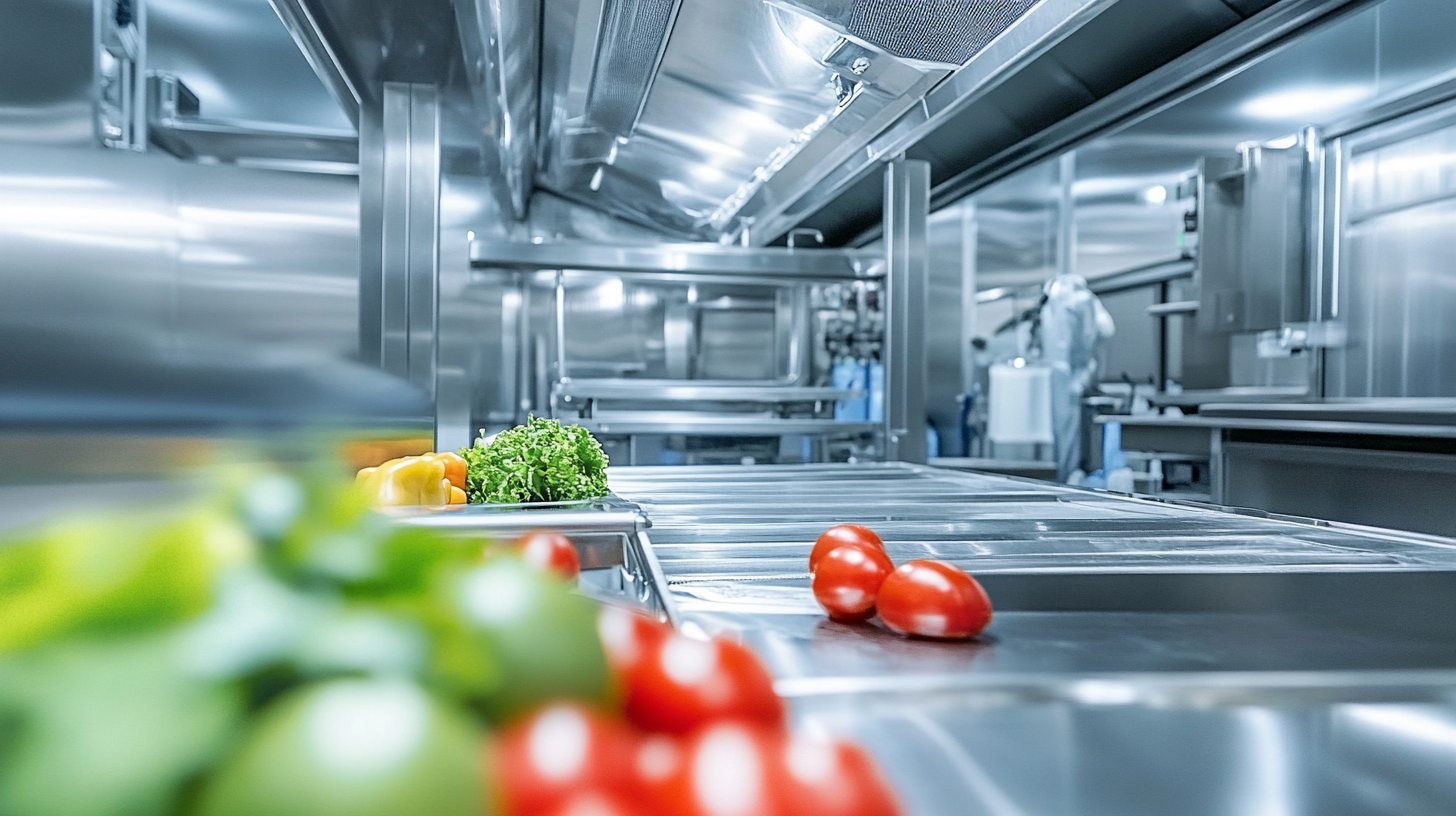
Tip 1: Invest in training programs for your staff that focus on regulatory compliance and the use of new technology. This not only empowers your workforce but also minimizes the risk of non-compliance. Understanding OSHA standards and integrating smart technology into safety protocols will facilitate smooth operations.
Tip 2: Keep abreast of global regulatory changes, especially regarding digital assets and AI innovations. Businesses must implement robust risk management strategies that encompass compliance with both local and international regulations. Regular audits and professional consultations can be instrumental in identifying potential compliance gaps and preparing for future challenges.
By adopting a proactive approach to regulatory challenges, food processing businesses will not only comply with the laws but can also harness the full potential of new technologies to drive their growth and innovation efforts.
